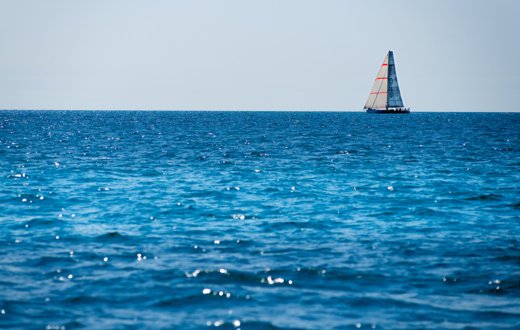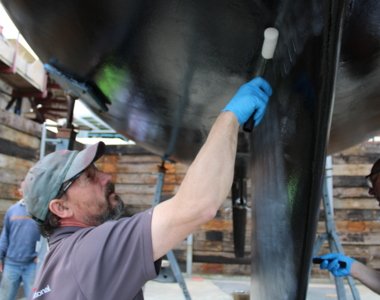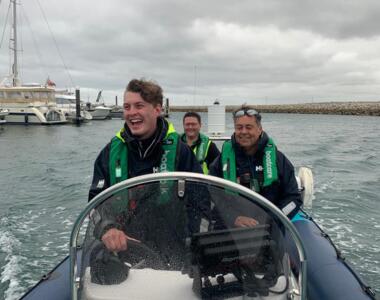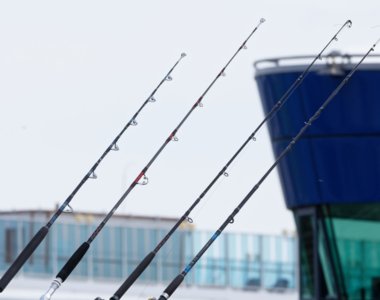-
Bangor Marina Bangor, Northern Ireland
-
Conwy Marina Conwy, North Wales, Wales
-
Deacons Marina River Hamble, Southampton, England
-
East Cowes Marina East Cowes, Isle of Wight, England
-
Haslar Marina Haslar, Portsmouth Harbour, England
-
Penarth Marina Penarth, Cardiff, Wales
-
Portishead Marina Portishead, Bristol, England
-
Portland Marina Portland, Dorset, England
-
Rhu Marina Rhu, Firth of Clyde, Scotland
-
Royal Quays Marina Royal Quays, North Shields, England
-
Weymouth Marina Weymouth, Dorset, England
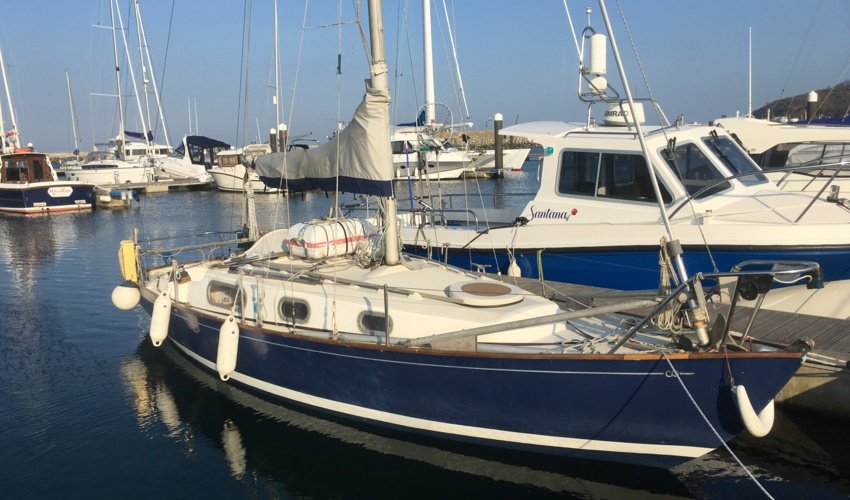
7th July 2024
Portland
Marina Safety Spotlight: Tying Up
Securing your boat properly is essential for everyday berthing, ensuring she remains safe and snug in her berth whatever the wind direction or strength. Our marina team patrol the pontoons daily, more so in stormy weather and adjust lines as needed, but here's a few tips to make sure your boat is tied up securely in all conditions.
0-8-0-0, O-X-O or cleat hitch
No, we don't mean free call numbers or a yeasty beef stock! When tying off lines on a cleat, take a turn around the outside of the cleat first, pull it up the the required tension and then take it across the cleat to the opposite side and take a turn around the ear at the end. Do the same again at the other end to create a 'figure of eight' or 'X' before taking one or two more turns around the outside of the cleat. This means the line can always be undone even under load. You can always finish off with a locking turn if you're worried about the line loosening in strong winds. A cleat hitch is the same thing, but without the turns around the cleat after the first '8'.
At one end of the mooring line, you might want to use a loop over the cleat rather than tying off both ends as above. On the one hand, tying off with a cleat hitch at both ends means the line can be adjusted at both ends, but it's much easier when coming in alongside to have one end secured with a loop. Either used a pre-spliced line (talk to our boatcare team!) or tie a bowline to create a loop. Where possible to reduce chafe and increase security, take a bite of the loop through the middle of the cleat and then pass over the top of each 'ear' before pulling tight so the loop can't jump off the cleat.
If you do use a knot to tie your boat up, the best one to use is a 'Round turn and two half hitches' as it can't slip and can always be undone under load.
Optimize Line Angles
Lines running perpendicular from the pontoon to the boat can increase the load on cleats and fairleads. To minimize this strain, lead warps further forward or back and use spring lines to prevent your boat from swinging or corkscrewing. Lead bowlines across the deck to the opposite cleat to distribute the load evenly and allow the lines to run straight rather bend around fairleads. Additionally, a breast line helps keep the bow square in the berth.
Select the Right Size Fenders
Choosing the correct size fenders for your boat is important, err on the bigger size if you're unsure. Ensure they are tied securely with a couple of half hitches, rather than just a clove hitch, which can loosen over time rendering them ineffective or, worst case, letting them loose entirely.
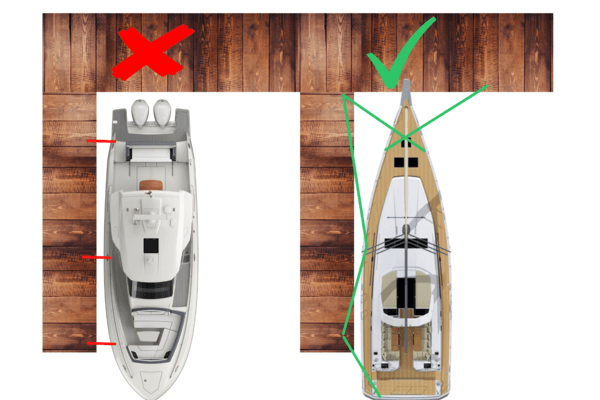
When the wind picks up...
Securing Lines When Blown Onto the Berth
If the wind is blowing your boat onto the berth, take a line from midships or the bow on the windward side and run it back to the pontoon at the widest angle possible without encroaching on your neighbor’s berth. This pulls the boat away from the pontoon on the downwind side and stops her from heeling over as much in the gusts.
Double Up Your Lines
For added security, always double up your lines. Make sure one line is taking the primary load while the backup line is slightly looser. This precaution ensures you have a safety net if the primary line fails.
Use Mooring Snubbers
Mooring snubbers reduce the strain on cleats and prevent sudden jerks. They act as shock absorbers, making your boat more stable. Practical Boat Owner offers a helpful guide on different types of mooring snubbers available.
Protect Against Chafe
Chafe protectors are simple covers which prevent wear on your lines. You can buy them at chandlers on online but a simple piece of garden hose also works well! Just pop them over lines where they rub against rough surfaces or angles. One of our berth holders makes great use of sheepskin for this purpose!
Stagger Fender Heights
Staggering the heights of your fenders helps protect your hull under various conditions, whether your boat is sitting normally or heeling over when the wind is blowing her onto the pontoon.
Utilize Dock Fenders
Dock fenders can be particularly useful in areas where it’s challenging to position standard fenders and are great for peace of mind when you're coming in and out of your berth. Contact the marina team if you would like us to source and fit them for you.
Keep Cockpit Lockers Accessible
It may feel like it's going against security advice, but if you can leave one locker unlocker unlocked with spare lines inside allowing the marina team to access them if needed, it can really help resecure your boat in a hurry should a line snap or wear through in bad weather.















